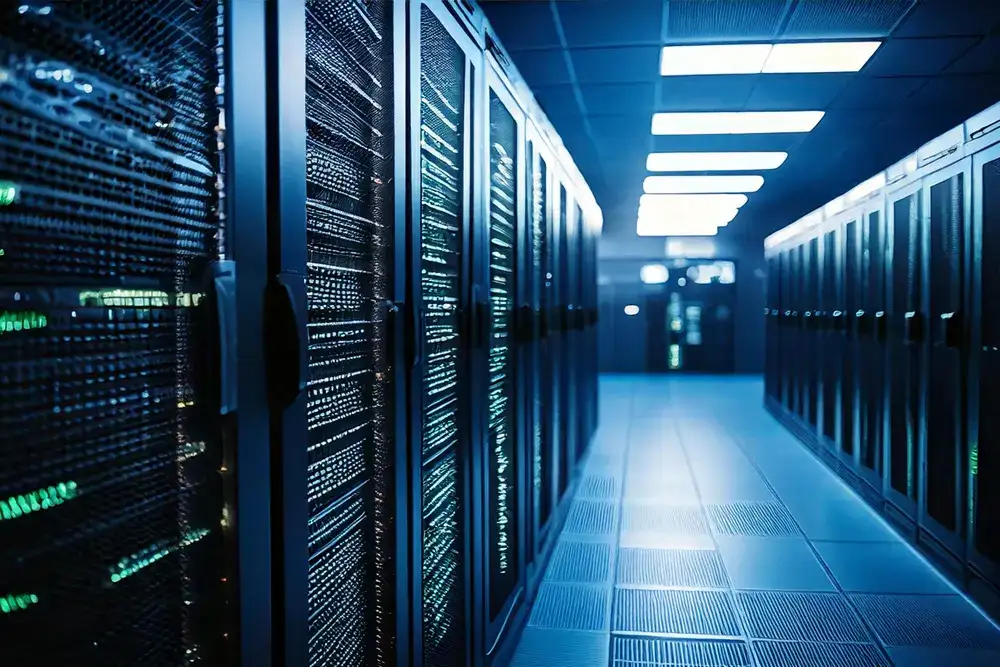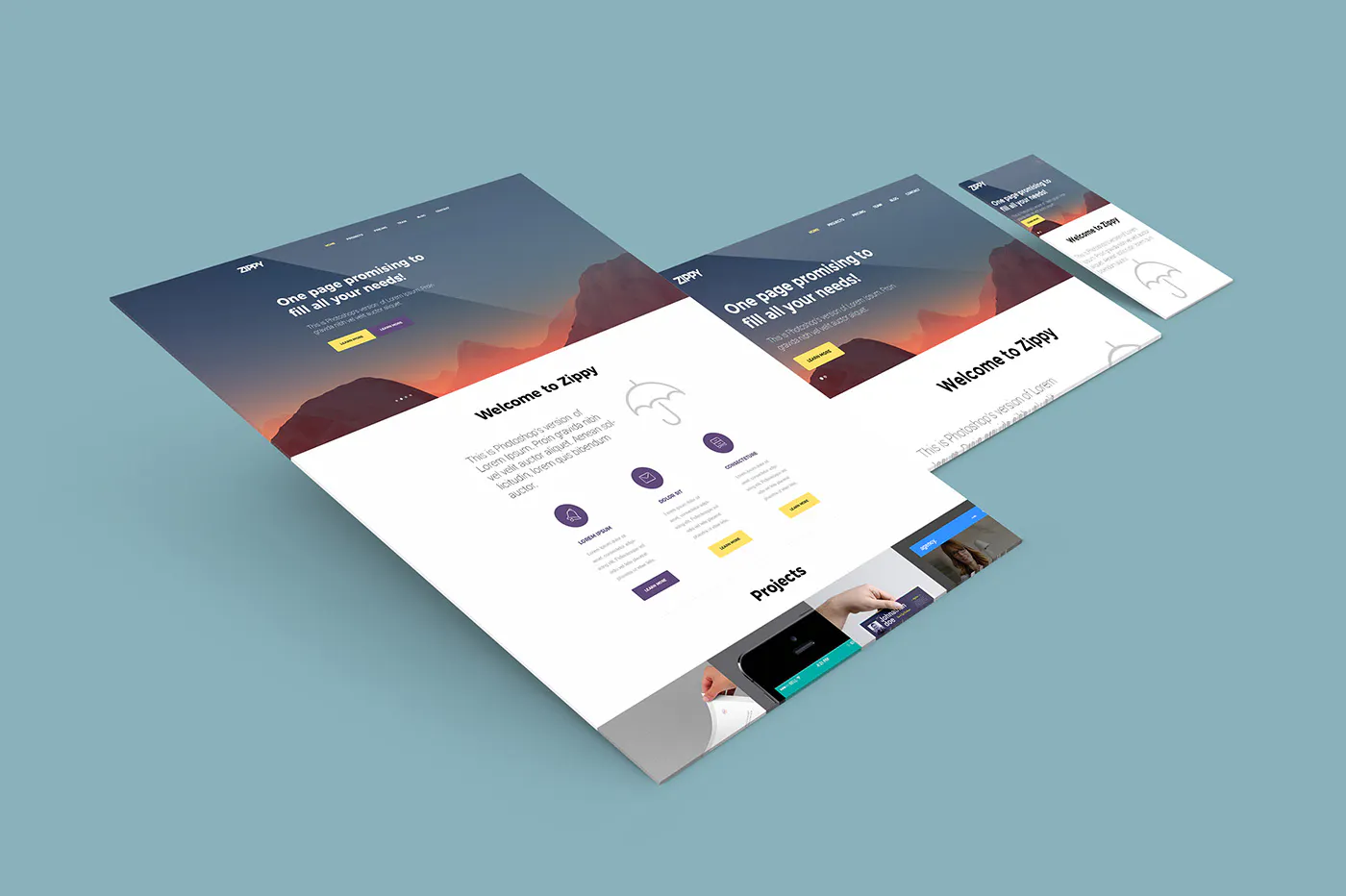AI’s influence is everywhere. While we’re busy asking AI to write emails or suggest dinner recipes, it’s quietly transforming the world. From requiring new energy solutions, redefining agriculture to helping us explore other planets, AI is making an impact in ways most of us never see.
AI often grabs our attention with clever chatbots and personalised playlists, but there’s a lot more happening under the hood. Behind the scenes, AI is quietly reshaping industries, powering new technologies, and pushing boundaries we don’t usually notice. Let’s take a look at some of the fascinating, lesser-known ways AI is changing the game.
Updated 23 May 2025
Behind the curtain: Stargate and the scale of AI’s invisible engine
While much of AI’s magic feels like it happens in the cloud, a new project called Stargate is proving just how real – and how massive – the behind-the-scenes effort really is. OpenAI is building what could be the world’s largest AI data centre in Abilene, Texas. Spanning more than 1,000 acres and packing tens of thousands of Nvidia’s most powerful chips, the $500 billion initiative marks a bold move to create dedicated infrastructure for training future AI models. It’s a reminder that the real magic often lies in the unseen – vast, humming data centres that power what we casually call “AI.”
What others are saying
Training advanced AI systems and running data centres require enormous amounts of electricity
This has sparked a new wave of energy development, all in the name of AI. To put it simply, without more generation AI’s demand on our current power systems will lead to shortages and excessive pricing.
AI’s energy needs have helped reboot nuclear technology, with some of the world’s biggest players leading the charge. Microsoft, Google, Meta, and Amazon are investing in nuclear power, particularly in small modular reactors (SMRs)*, to power their data centres and meet the massive energy demands of their AI-driven operations.
*(SMRs) Small Modular Reactors are advanced nuclear reactors that have a power capacity of up to 300 MW(e) per unit, which is about one-third of the generating capacity of a traditional nuclear power reactor.
AI-driven robotics is no longer limited to assembly lines, it’s expanding into areas we once thought impossible
Take Tesla’s ambitious plans. The company hopes to release a humanoid robot by 2025, aiming to revolutionise how we think about personal and workplace assistance. These robots, powered by advanced AI, are designed to handle tasks that range from mundane chores to complex problem-solving. All while learning and improving.
Robotics is also playing a huge role in industries like healthcare, logistics, and agriculture. AI-powered robots will soon perform surgeries with precision, managing inventory in warehouses, and even planting crops. In mining, robots equipped with AI analyse geological data and operate in hazardous environments, reducing risks to human workers.
And let’s not forget quantum computing. Companies are racing to develop quantum chips that will supercharge AI and robotics. It’s a future where robots might not just be assistants but partners in innovation.
AI is also making an impact in healthcare, offering tools and innovations that were unimaginable a few years ago
One exciting example is AI-powered drug discovery. Using machine learning algorithms, companies are identifying potential drug candidates in a fraction of the time it used to take. This approach recently led to the discovery of a new antibiotic capable of fighting drug-resistant bacteria, a breakthrough that could save millions of lives.
In diagnostics, AI is helping doctors catch diseases earlier and more accurately. For instance, Google’s DeepMind developed an AI model that can predict acute kidney injury 48 hours before it becomes critical. That extra time can mean the difference between life and death.
AI-powered robots are also entering the operating room. These systems assist surgeons by providing real-time data, precision, and even automated suturing. The result? Shorter recovery times and better outcomes for patients. It’s like having an extra set of hands. But much steadier.
AI isn’t just about high-tech gadgets; it’s also helping farmers grow food more efficiently
In the Netherlands, AI-powered greenhouses grow tomatoes with 20% less water and double the output. Drones equipped with AI act like crop doctors, scanning fields for diseases or pests before they become a problem.

In urban areas, AI is turning farming on its head with vertical farms. These futuristic setups grow fresh produce in urban buildings, using AI to control light, temperature, and nutrients. No soil, no pesticides, and no bad weather to worry about. Just fresh greens all year round.
AI isn’t just stuck on Earth; it’s exploring space too
NASA’s Perseverance rover uses AI to search and collect samples, It’s all done in real time, without the rover talking to mission controllers back on Earth. For almost three years, the rover mission has been testing a form of artificial intelligence that seeks out minerals in the Red Planet’s rocks.
This marks the first time AI has been used on Mars to make autonomous decisions based on real-time analysis of rock composition. Called “adaptive sampling,” the software autonomously positions the instrument close to a rock target, then looks at PIXL’s scans of the target to find minerals worth examining more deeply.
Source: NASA
So the next time you’re impressed by AI’s clever tricks
Remember there’s a whole lot more going on behind the scenes. Whether it’s keeping the lights on, building better factories, or helping humanity reach the stars, AI is proving it’s much more than just a chatbot with good manners.




